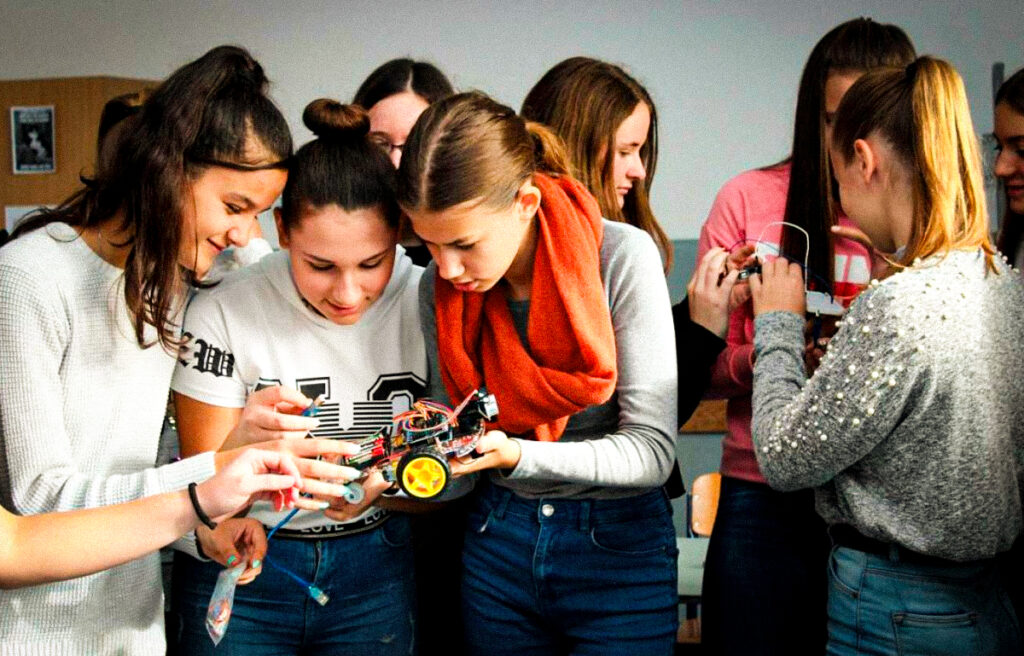Introduction
Education serves as the cornerstone of societal development, fostering economic growth, social cohesion, and individual empowerment. However, traditional education systems worldwide face challenges in meeting the evolving needs of the 21st century. Education reforms are imperative to address these challenges, ensuring that learners are equipped with the skills and knowledge required in a rapidly changing world.
The Need for Education Reforms
Addressing Outdated Curricula
Many education systems still rely on curricula designed decades ago, which may not align with current technological advancements or labor market demands. Updating curricula to include digital literacy, critical thinking, and problem-solving is essential.
Bridging Socioeconomic Gaps
Education reforms aim to provide equitable access to quality education, especially for marginalized communities. Initiatives like community-managed schools in El Salvador have shown success in increasing enrollment and reducing dropout rates among disadvantaged populations.
Enhancing Teacher Quality
Teacher effectiveness is a critical factor in student achievement. Reforms focusing on teacher training, evaluation, and support can lead to improved instructional quality and student outcomes.
Integrating Technology
The digital revolution necessitates the integration of technology into teaching and learning processes. Countries like Estonia have successfully incorporated digital tools into their education systems, enhancing student engagement and learning outcomes.
Historical Background of Education Reforms
Early Reform Movements
Historical education reforms, such as Atatürk’s reforms in Turkey, aimed to modernize education systems and promote secular, state-supervised education. These reforms significantly increased student enrollment and expanded access to education.
Outcome-Based Education (OBE)
OBE focuses on achieving specific learning outcomes, allowing flexibility in teaching methods and assessments. While adopted in various countries, its implementation has faced challenges, highlighting the need for careful planning and community involvement.
Key Areas of Education Reform
Curriculum Development
Modern curricula emphasize competencies over rote memorization, integrating vocational training and environmental education. Bangladesh’s recent reforms include competency-based learning and digital literacy to align education with employment opportunities.
Teacher Training and Evaluation
Investing in teacher professional development ensures educators are equipped to deliver updated curricula effectively. Singapore’s emphasis on teacher excellence has contributed to its high-performing education system.
Assessment and Standardized Testing
Reevaluating assessment methods to focus on formative assessments and project-based evaluations can provide a more comprehensive understanding of student learning.
Inclusive Education
Promoting inclusivity involves accommodating diverse learning needs and ensuring all students have access to quality education. Differentiated instruction strategies support diverse learners by tailoring teaching methods to individual needs.
Vocational and Skill-Based Learning
Integrating vocational training into secondary education prepares students for the workforce. Programs like Bangladesh’s vocational initiatives aim to reduce unemployment and develop a skilled labor force.
Digital Transformation in Education
Implementing digital tools and platforms enhances learning experiences and accessibility. Estonia’s integration of technology into education serves as a model for digital transformation.
Higher Education Reforms
Reforming higher education involves aligning university curricula with industry needs, promoting research and innovation, and ensuring equitable access to tertiary education.
Education Reform Models Around the World
Finland: Student-Centric Approach
Finland’s education system emphasizes student well-being, minimal standardized testing, and teacher autonomy, resulting in high student performance and satisfaction.
Singapore: Emphasis on STEM and Innovation
Singapore focuses on STEM education and future-ready skills, integrating technology and innovative teaching methods to prepare students for the global workforce.
South Korea: Academic Excellence and Equity
South Korea’s rigorous education system combines high academic standards with policies aimed at ensuring equitable access to quality education.
Estonia: Digital Integration
Estonia’s education reforms prioritize digital literacy and the integration of technology, fostering a tech-savvy student population and innovative teaching practices.
Scotland: Curriculum for Excellence
Scotland’s Curriculum for Excellence focuses on developing successful learners, confident individuals, responsible citizens, and effective contributors through a holistic educational approach.
El Salvador: Community-Managed Education
El Salvador’s EDUCO program empowers communities to manage schools, increasing accountability and improving educational outcomes in rural areas.
Challenges in Implementing Education Reforms
Resistance to Change
Implementing reforms often faces resistance from stakeholders accustomed to traditional systems. Effective communication and stakeholder engagement are crucial for successful reform implementation.
Resource Constraints
Limited financial and human resources can hinder the execution of comprehensive reforms, especially in developing countries.
Ensuring Equity
Reforms must address disparities in access and quality to ensure all students benefit, regardless of socioeconomic status or geographic location.
Maintaining Quality
Rapid implementation of reforms without adequate planning can compromise educational quality. Continuous monitoring and evaluation are essential.
The Future of Education Reforms
Embracing Lifelong Learning
Education systems should promote lifelong learning to adapt to the evolving demands of the workforce and society.
Personalizing Learning
Leveraging technology to personalize learning experiences can cater to individual student needs and preferences.
Fostering Global Competencies
Preparing students for global citizenship involves teaching cross-cultural communication, critical thinking, and adaptability.
Strengthening Public-Private Partnerships
Collaborations between governments, private sectors, and communities can mobilize resources and expertise for sustainable education reforms.
Conclusion
Education reforms are vital for building resilient, inclusive, and future-ready societies. By learning from global models and addressing local challenges, policymakers can design and implement reforms that equip learners with the skills and knowledge necessary to thrive in the 21st century.







